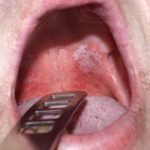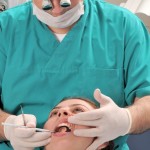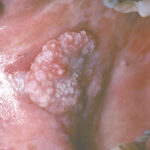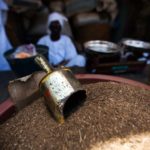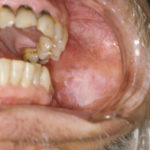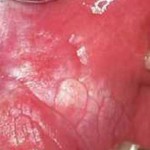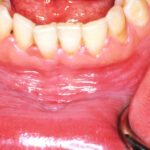
This review of the prevalence of oral leukoplakia reported from 1996 to 2022,by continent, definition, age, and living habits included 69 studies. The findings provided a global pooled estimate for prevalence of 3.41% (95%CI: 2.65 to 4.26%).
[read the full story...]